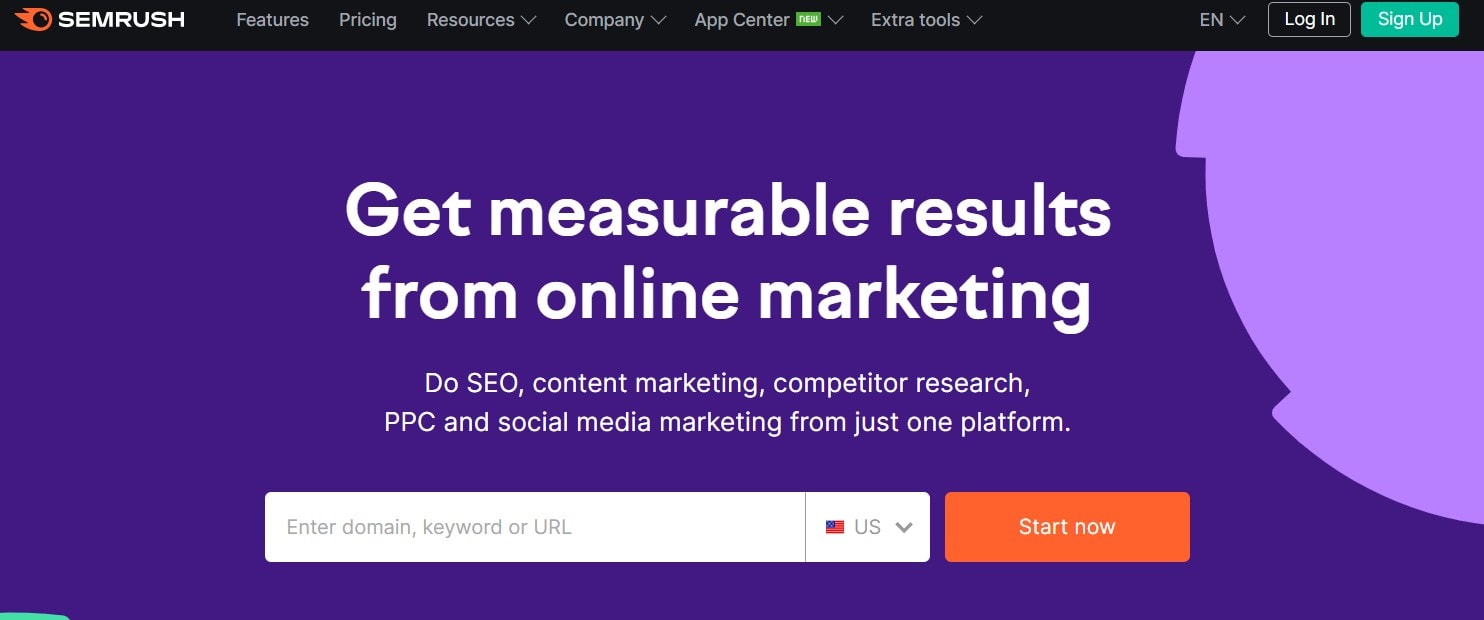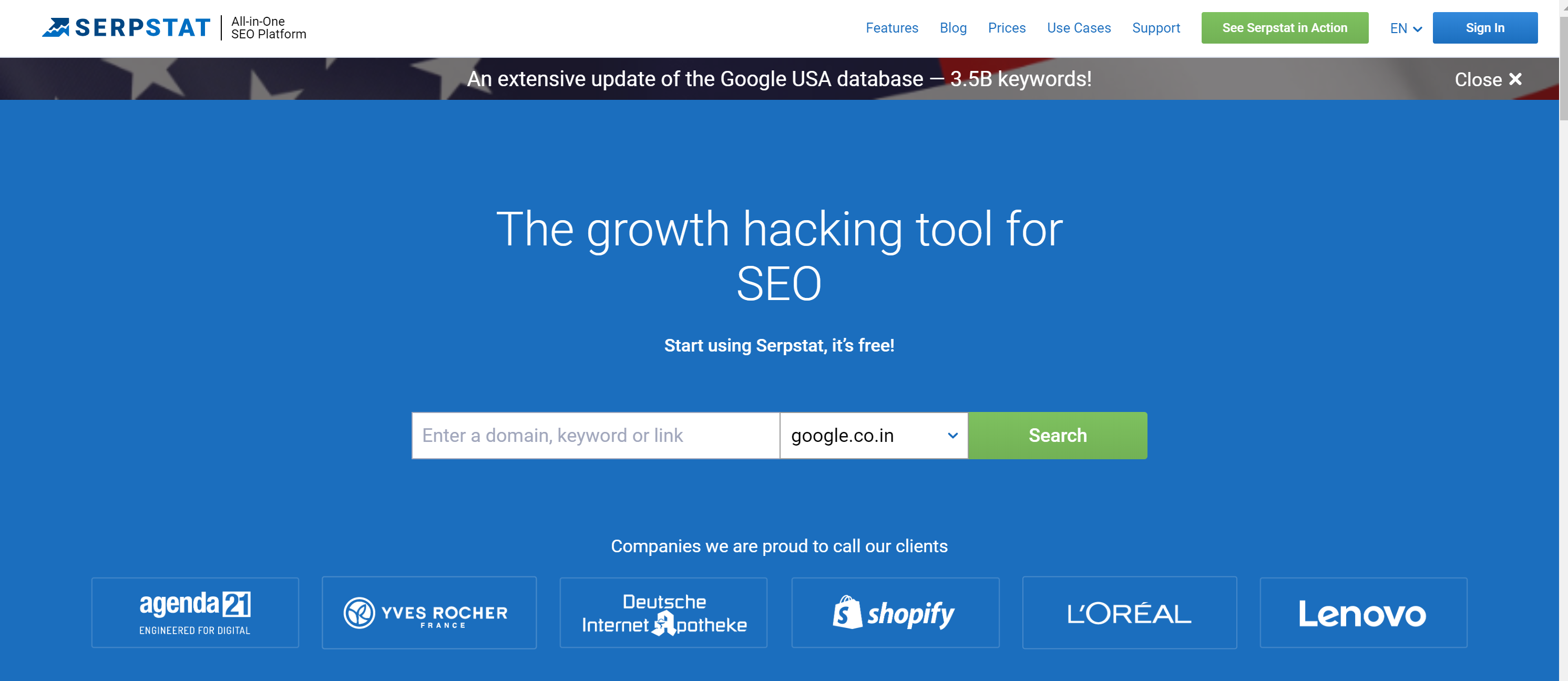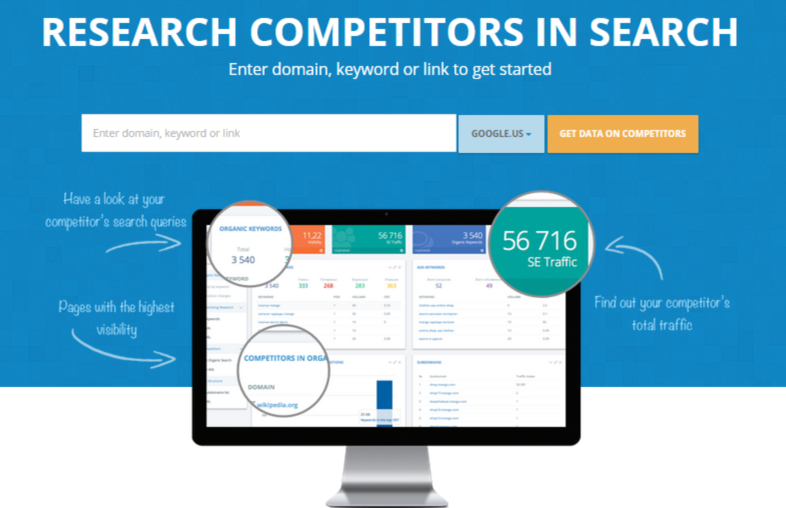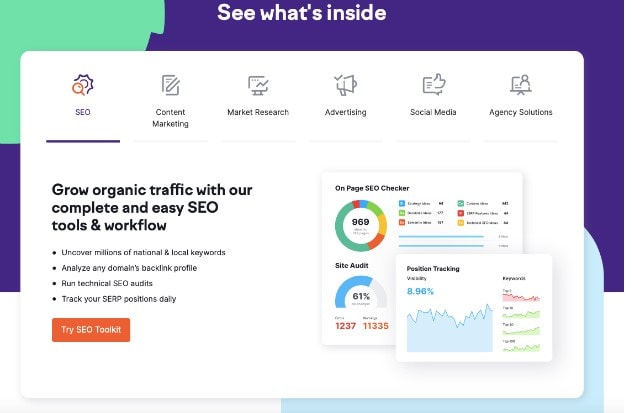Your cart is currently empty!
Tag: Semrush
-

How To Use SEMrush 2022
[ad_1] In this article we will discuss How To Use SEMrush Websites undergo a lot of changes during their life cycle. Because of these changes, technical SEO factors can happen on and off the page. It’s important to do website audits on a regular basis to make sure that your site is working well. In
-

Why SEMrush Is The Best?
[ad_1] In this article, we will discuss the Benefits of SEMrush The more you look into it, the more you’ll see how hard it can be to manage your SEO. It can be hard to find the right keywords and figure out how to use them in the best way to bring in organic traffic.
-

Semrush keyword Research 2022: Is Semrush keyword Free?
[ad_1] In this article, we will discuss Semrush keyword Research 2022 As a marketer, keyword research is vital for understanding which terms your audience is using to search for products or services like yours. It also gives you insights into what your competitors are targeting to attract potential customers. But with so many different keyword
-

Serpstat Has 3.5B Keywords In Google USA Database Comparison With SEMrush
[ad_1] Keywords are something that governs the outreach of any website on the internet today. Be it an online store, business, educational website, personal blog, NEWS website or more, keywords are used everywhere to anything that is posted on the internet to allow viewers, readers, and customers to search and reach them. It is a
-

Semrush vs Serpstat 2022: Which is Better Keyword Research Tool
[ad_1] Semrush vs Serpstat 2022: Which is Better Keyword Research Tool [ad_2]
-

What Is Semrush? Complete Guide To Semrush 2022
[ad_1] What is Semrush, and which of its functions are the most helpful in terms of monitoring and enhancing your search rankings? Here’s everything you need to know I’ve recently published a post that talks about running an SEO audit for your site, mentioning Semrush as the go-to solution. And as I’ve had a lot